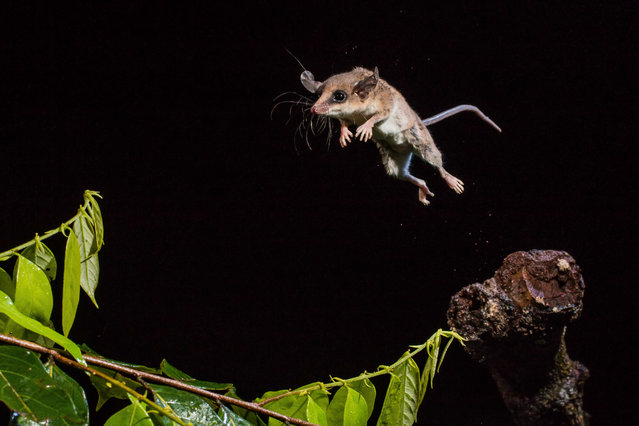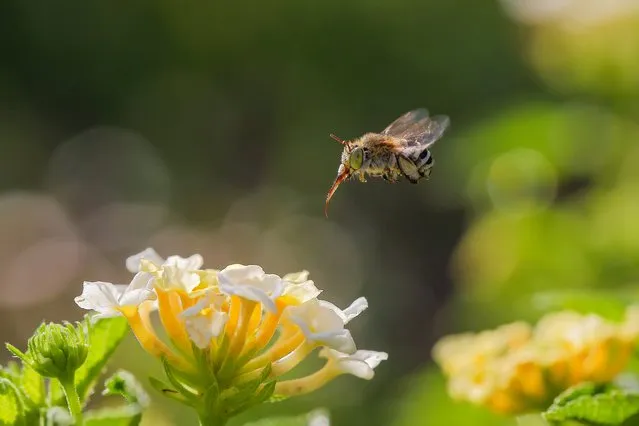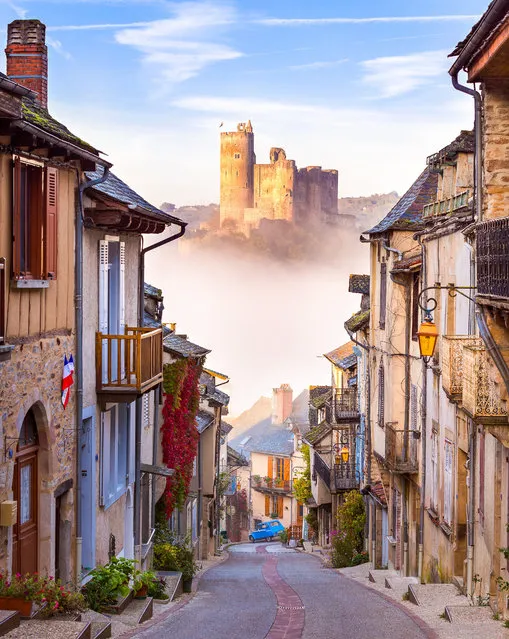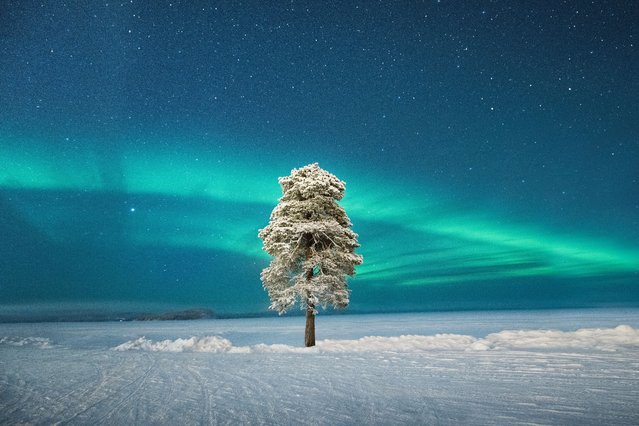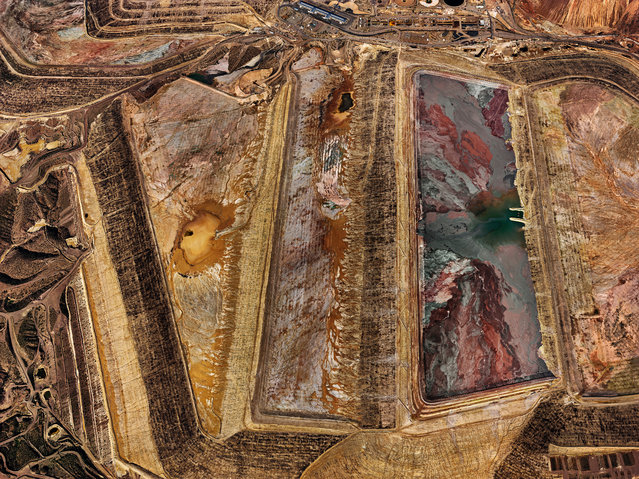
The Photo London Master of Photography award is given annually to a leading contemporary photographer. A special exhibition shows new and rarely seen images from Burtynsky’s portfolio. Here: Morenci Mine #2, Clifton, Arizona, USA, 2012. (Photo by Edward Burtynsky/Metivier Gallery, Toronto/Flowers Gallery, London)
07 Feb 2018 06:43:00,post received
0 comments



